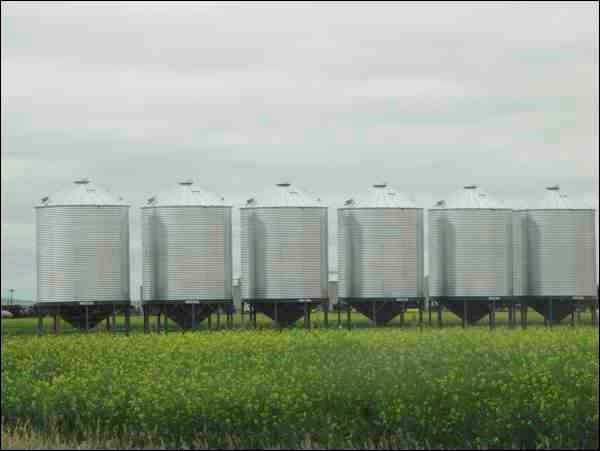Pulse fields are rolled for a number of reasons, the most common being to provide a smooth level surface; pushing stones into the ground and levelling soil ridges. This makes it easier at harvest time as pulses often need to be cut close to the soil surface.
Rolling before the crop comes up is the preferred timing. However, rolling before emergence is not recommended on clay soils that are extremely wet or have low organic matter. Rolling, under these conditions, can cause heavy crusting which will result in problems for the emerging seedlings.
Rolling after the crop emerges can be done with field peas and lentils. For lentils, rolling can be successful up to the five to seven node stage. With peas, rolling is recommended up to the five node stage. Care must be taken as rolling after a rain or heavy dew can uproot small lentil seedlings and increase the risk of soil compaction or the spread of disease.
If farmers wish to roll the field after emergence, rolling should be done when the plants are slightly wilted and the soil surface is dry. Rolling should be avoided when soils are wet, or after frost or herbicide application. Crops that are damp or stressed by extreme heat can also be damaged by rolling. If possible, wait until the stress conditions subside and the crop has had a couple days to recover.
For more information on this topic, contact Alica Olson at (306) 446-7650 or the Agriculture Knowledge Centre at 1-866-457-2377.




